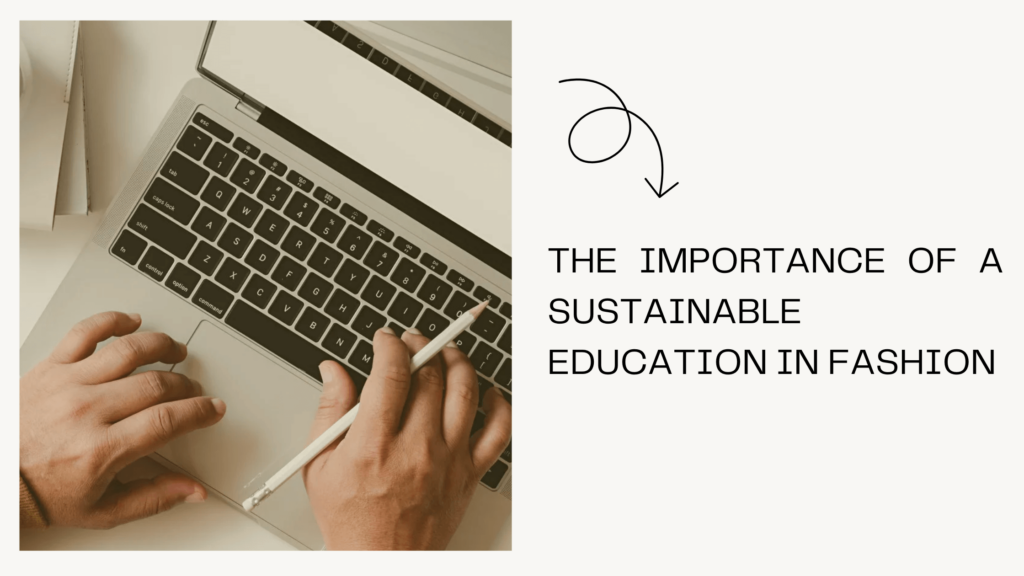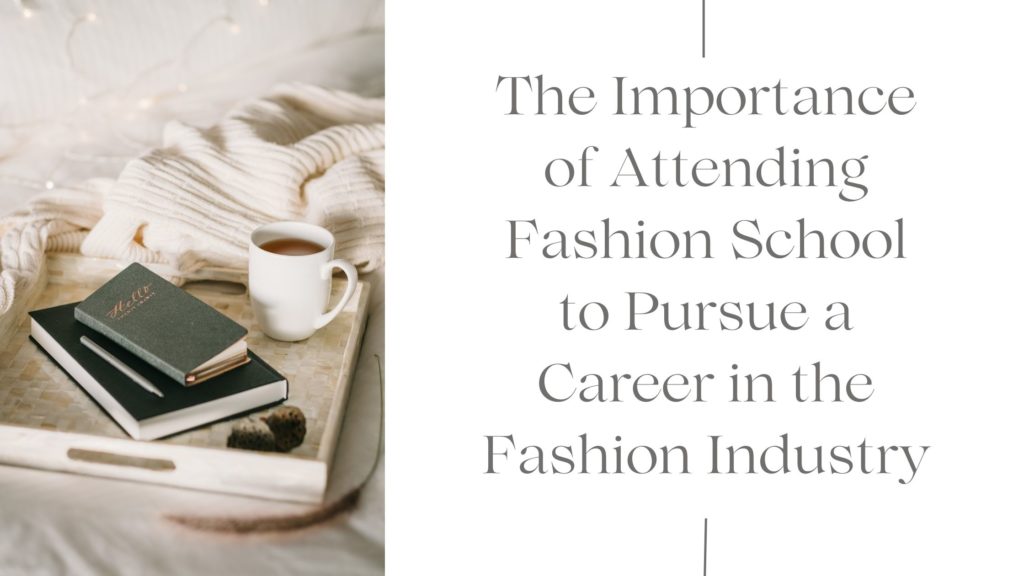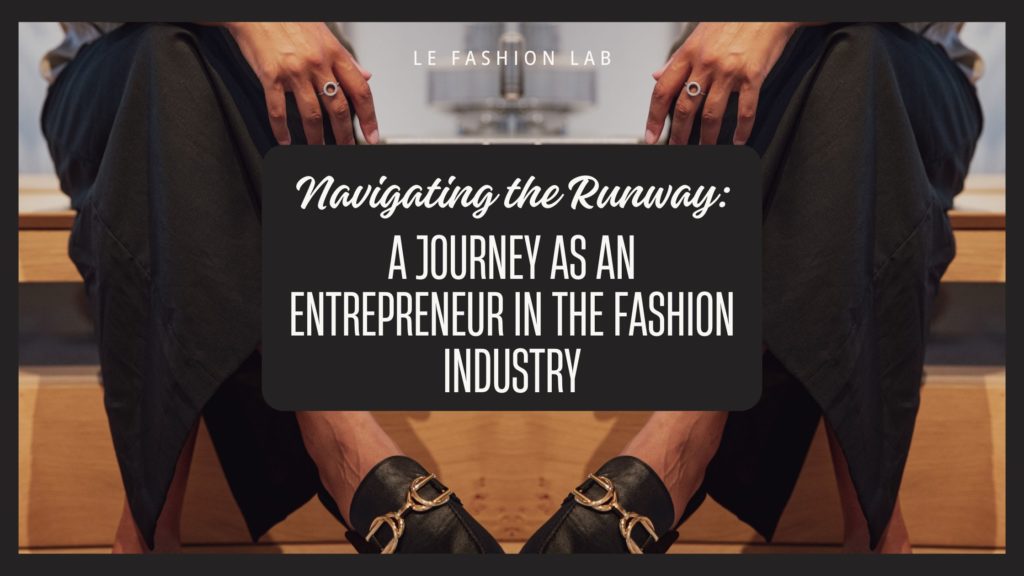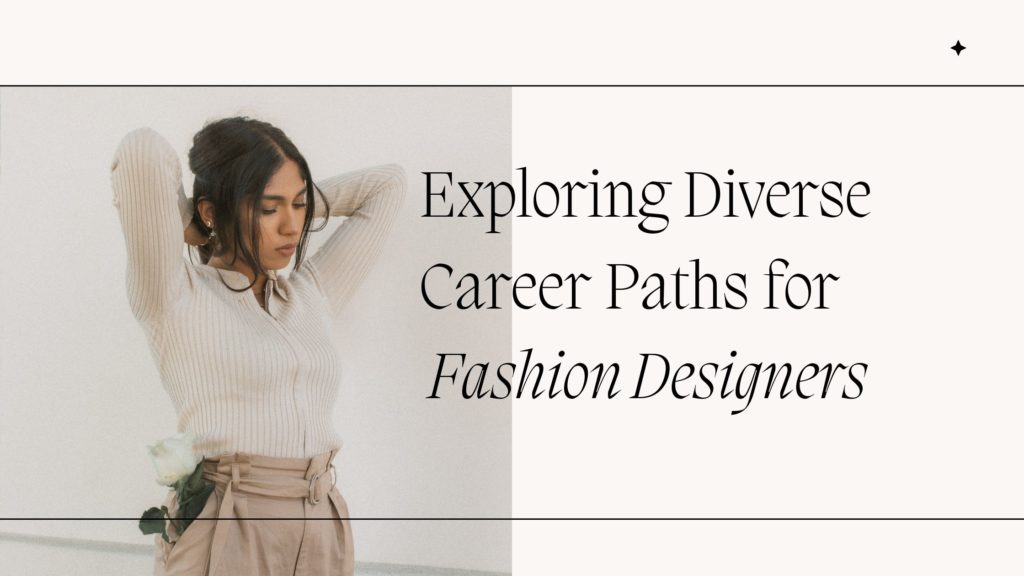How to Become a Fashion Designer in BitLife vs. the Real World—Which Path Will You Choose?
Becoming a fashion designer isn’t just about sketching pretty dresses—it’s about creativity, determination, and a passion for innovation. Traditionally, aspiring designers have been told they must go through years of formal education and gain industry experience. But what if you could follow a different path? With the rise of digital platforms like BitLife, there are new ways to explore a career in fashion that don’t require committing to a four-year college degree.
In this post, we’ll explore how the journey to becoming a fashion designer differs between BitLife and the real world, and how non-traditional routes might be just as effective as the conventional approach.
The Traditional Path to Becoming a Fashion Designer: Is College the Only Option?
While a formal education has been the traditional route for fashion designers, it’s not the only path to success. A conventional approach typically includes a combination of formal schooling, internships, and networking. Here’s a glimpse of how the traditional route tends to unfold:
- Education & Skill Development
- Degree Programs: Most designers pursue a degree in Fashion Design, Fine Arts, or Fashion Merchandising. However, there are alternatives. Many successful designers have built their careers without a formal degree by focusing on building hands-on experience and leveraging online resources, trade schools, or specialized programs.
- Technical Training: Mastering skills like pattern-making, sewing, and garment construction is essential. This can be achieved through apprenticeships or self-teaching with online courses.
- Software Proficiency: In today’s world, understanding design software like Adobe Illustrator and Photoshop can be learned through short courses or by experimenting with free online tools.
- Portfolio Building: A solid portfolio showcasing your designs is a critical element of entering the industry. For those avoiding traditional college routes, this can be built through freelance work or small independent projects.
- Gaining Experience
- Internships & Freelance Work: While internships with established designers are a traditional route, freelance projects are an equally viable option. Freelancing allows for flexibility and can be started right away, without the need for a formal internship.
- Self-Initiated Projects: Launching small personal projects or designing for local brands can quickly build experience and establish credibility within the industry.
- Networking & Industry Involvement
- Social Media & Events: Whether attending fashion events or following key influencers on Instagram, networking has become more accessible. Platforms like LinkedIn, Instagram, and even Twitter are great places to start connecting with people in the industry.
- Building a Personal Brand: Networking doesn’t always mean going to big events. Online communities and collaborations with influencers or local businesses can offer opportunities to build your brand and visibility.
- Launching a Brand & Career Growth
- Brand Identity & Business Savvy: Understanding how to market your designs and run a brand is just as crucial as the creative process itself. For those skipping traditional college programs, many entrepreneurs have turned to online resources to learn the basics of business, marketing, and branding.
BitLife: A Fun, Non-Traditional Way to Explore Fashion Design
For those not looking to follow the traditional, structured path to becoming a fashion designer, BitLife offers a unique, digital version of the journey. This mobile simulation game allows players to make career choices, build a reputation, and even start their own fashion brand. While the process in BitLife may be simplified, it provides an interesting alternative that doesn’t require years of formal education.
Here’s how to achieve success as a fashion designer in the virtual world of BitLife:
- Education & Skill Building
- Start Early: In BitLife, you can focus on subjects like Art and English in high school, which will give you the creative foundation you need to succeed.
- University & Beyond: Although attending university is an option, it isn’t mandatory. BitLife offers different career tracks, and you can bypass college altogether by focusing on gaining skills outside the classroom. Many players choose to build their design career without spending years in formal education.
- Gaining Experience
- Junior Fashion Designer Roles: After graduation, BitLife offers the chance to quickly jump into a Junior Fashion Designer position. The game simulates the process of building experience by working your way up in the industry, but players can also choose non-traditional career routes, like freelancing or starting their own boutique right away.
- Networking & Visibility
- Social Media Savvy: Building a strong online presence is critical, even in the game. Networking through fashion events, industry groups, and social media helps expand visibility and create opportunities for career advancement.
- Personal Branding: Players can create their own fashion brand and market it using virtual social media, collaborations, and even influencer marketing, which closely mirrors how real-world designers build their reputations today.
- Entrepreneurship: Launching a Fashion Brand
- In BitLife, starting your own fashion house or boutique is simple. This direct path into entrepreneurship bypasses many of the complexities of the real-world fashion industry but still provides insight into what it takes to run a business and build a brand.
BitLife vs. Reality: Which Path is More Accessible?
For those who don’t want to follow the traditional four-year college route, BitLife offers a fun and engaging alternative to the typical fashion career journey. With its fast-paced nature and easy accessibility, it’s an excellent way for aspiring designers to explore the possibilities of a fashion career without the pressure of formal education or long internships.
However, while BitLife offers immediate access to a fashion career, the real-world path provides deeper learning experiences, hands-on practice, and long-term industry connections. But the great news? Neither path is the only way to success. Many successful designers have come from non-traditional backgrounds, from self-taught creatives to those who honed their skills through apprenticeships or online courses.
So, Which Path Will You Choose?
The beauty of the fashion industry today is that there’s no one-size-fits-all approach. Whether you’re drawn to the traditional route of education and internships or prefer the flexible, self-directed journey of BitLife, success is possible without conforming to outdated expectations. The world of fashion is evolving, and so are the opportunities within it.
Why not explore both paths? You never know where a bit of creativity, perseverance, and strategic thinking might take you—whether in the virtual world or in reality.
Would you choose the structured route or the more flexible approach to fashion design? Drop a comment below and let’s chat about how you would navigate your own fashion career!










 High importance
High importance Medium importance
Medium importance less important
less important